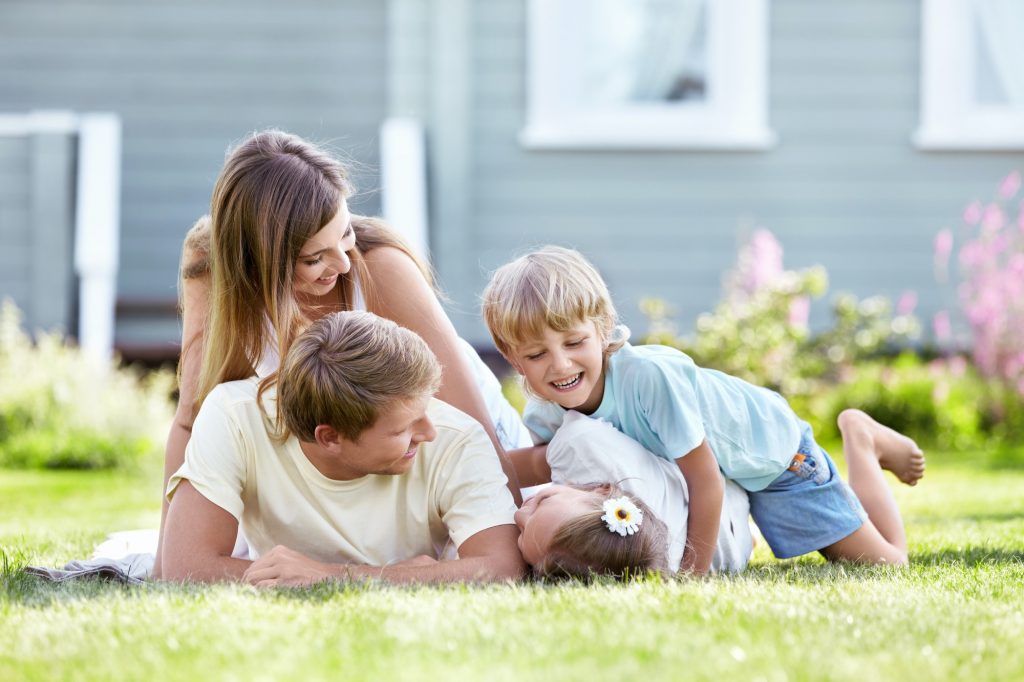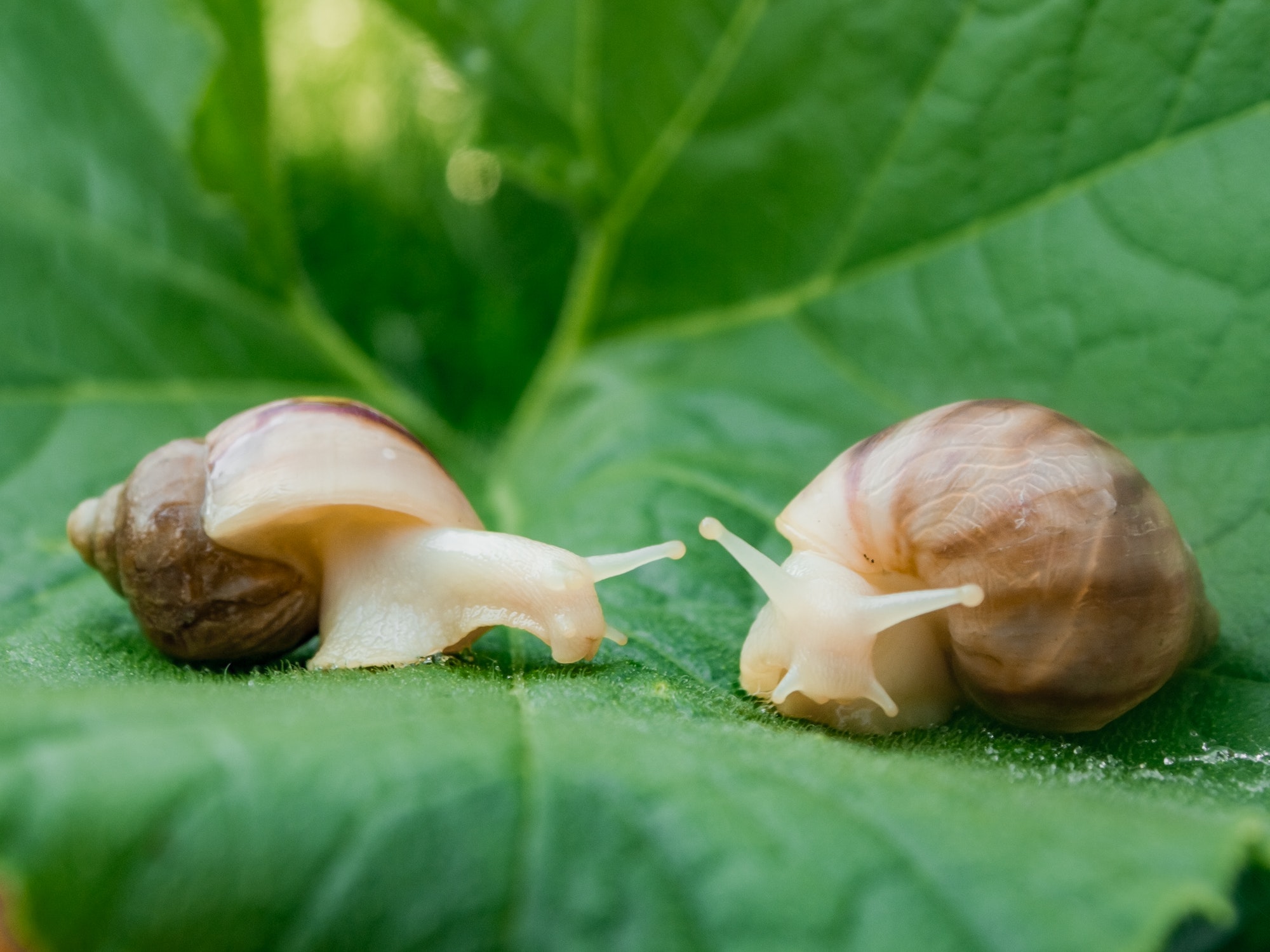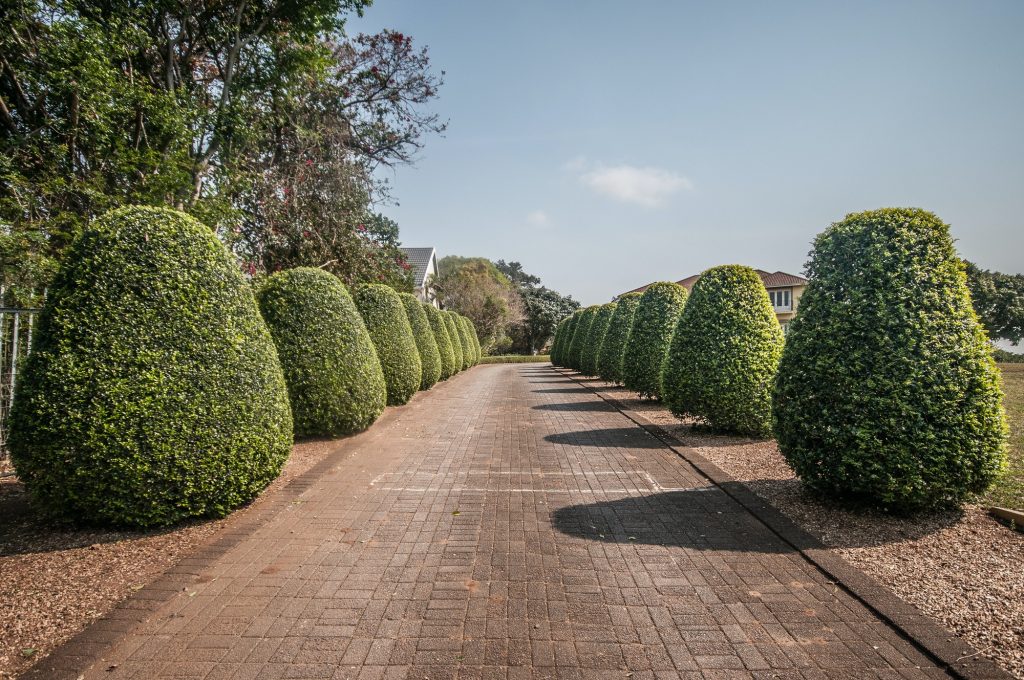When you’re outdoor gardening, you have to fight off a few different pests to keep your plants alive. Bunnies and deer can become your bitter enemies, and bugs, garden rodents, and birds can destroy entire plants. Not to mention that you may never be able to taste the fruits and vegetables you’ve grown. Fortunately, there are many ways to deal with these pests and make outdoor gardening as enjoyable as possible for both you and your plants.
The most fun can be had outdoors! You can create a cozy area for lounging or eating outdoors. An outdoor fire pit can be a fun centerpiece, and it can even be a dual-purpose piece of furniture. Fire pits in tables are a popular addition to any garden, and they provide light for long summer nights. As for your gardening plans, it’s important to plan ahead. Be sure to plan out a space for your garden essentials and remember to store them safely in the winter.

Consider the type of garden you want to have. If you’re interested in growing vegetables, you can plant cherry trees, birches, and apples. Just keep in mind that these trees take time to establish. If you want flowers, you can choose between perennials and annuals. Perennials are easier to grow than annuals, but they return to bloom year after year. You can also mix and match various types of plants to create a spectacular garden. Keep in mind that different types of gardens require different maintenance and care.
If you’re growing tomatoes, you can start them indoors from seeds or buy them ready-to-plant in early May. To ensure success, your garden needs good soil and a good garden fertilizer. Make sure to screen out large stones and sticks before planting. Make sure to water your plants at least once a week if you’re outdoors in a windy, hot climate. If you want to minimize weed growth, mulch between rows with straw. This will help keep the soil moist and prevent weeds from spreading seeds.
If you’d like to plant tropical plants, you can opt for snake plants or fiddle leaf figs, which don’t require much water. There’s a huge selection of annual plants to brighten up any area. Annuals are excellent options for flower beds and borders, container gardens, and hanging baskets. Perennials, on the other hand, are plants that continue to bloom year after year. For those with cold climates, it’s best to choose plants native to the area.


Incorporate flowers into your garden design by including plants that appeal to all five senses. For example, scent is essential in creating a soothing atmosphere, so consider using scented climbers on trellises or other structures. Also, consider incorporating a Zen-inspired water feature. It’s not necessary to have a large yard to have a beautiful and relaxing garden. A simple fountain will add a touch of tranquility and calm.
Indoor plants have an advantage over their outdoor counterparts: you can control the climate inside the house by turning on the air conditioning or heater on a hot day, or turning on the heating if the weather is too cold. Outdoor plants are exposed to an unpredictable climate, and they have to figure out how to survive in the harshest of conditions. However, if you are patient enough, the rewards of outdoor gardening will outweigh the hassle of maintaining an indoor garden.
Furniture is another essential accessory. For a smaller space, you can choose foldable furniture, which can be stored under the dining table when not in use. L-shaped sofas and chairs are also compact. Larger spaces can accommodate full seating sets, with matching sofas and chairs. Hanging egg chairs and swing seats are also available. You’ll need enough room to walk around the table. Make sure there is ample space around your table so you can comfortably enjoy your outdoor living space.

Aside from practical reasons, fencing in your garden can add modern character. A color-blocking fence around your garden creates a cozy seating area. Remember that timeless doesn’t mean boring. Choose garden pots that look like antique sculptures. You’ll be glad you did! This way, you can save money while maintaining your garden. So, how do you make your garden attractive? Start by making a brief. It will help you determine what you want and what doesn’t.
First of all, you must consider your garden’s lighting and access. You should also consider how it’ll be used and where it will be located. Ideally, it should be situated somewhere sunny, but if the space is inaccessible, it might not be a good choice. For a more relaxed, minimalist look, you might prefer a minimalist garden with more flowers and fewer shrubs. However, if you’re planning to use your garden for a variety of purposes, you should be sure to have a variety.